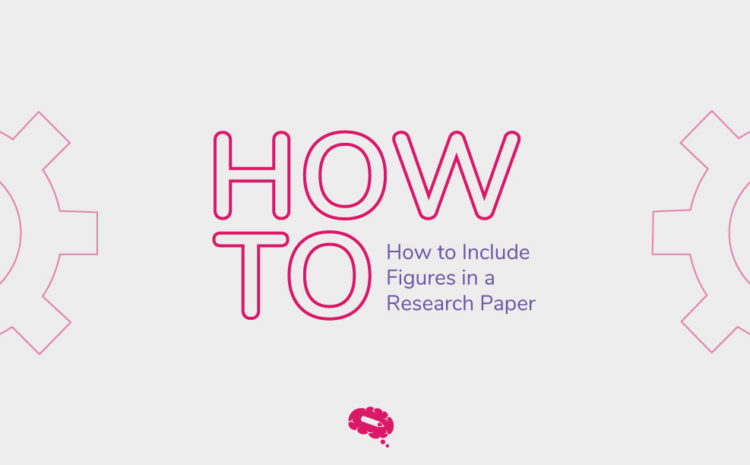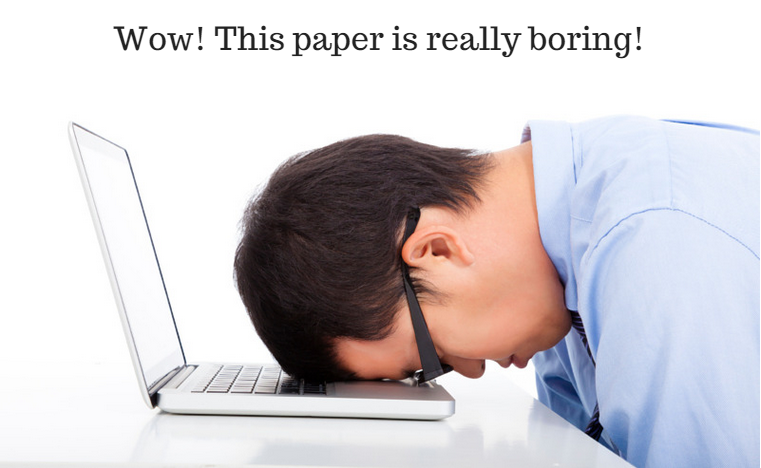Figures are sometimes overlooked when preparing a research paper. However, the truth is that even a research paper must be visually appealing to its readers, and the best way to do so is to make it simple-to-read by adding tables or figures.
Readers are generally drawn to visual assets since they can convey a lot of information in a short amount of time. Therefore, understanding visuals is preferable to reading long and dense paragraphs.
In this article, we are going to assist on how to include figures in a research paper, in furtherance of increasing visual assets and attain an easy understandability of data.
When to use figures in a research paper?
When planning your research, there’s a need to identify the best approach to communicate the information to your audience using every tool to support your arguments.
A good way to identify the need for tables or figures is to understand if your argument can be explained in a sentence or two, if so, tables or figures are most likely unnecessary.
If the data is too extensive or complex to be clarified in short sentences, figures or tables are recommended since they can be effective in conveying a lot of information without clogging up your research.
Tables or figures?
In addition to explaining how to include figures in a research paper, this article will also explain whether tables or figures are the best approaches to do so.
When there is a requirement to exhibit numerical data or other sorts of summary data in a compact space, a table is an ideal method to do so. It’s also a good approach to combine, compare and contrast different types of data, to show items that contain several characteristics, variables or even to show the absence of these characteristics.
Figures are advised when it is necessary to depict patterns, trends, and relations between data. Figures, as opposed to tables, are used to highlight the pattern rather than the data itself. Figures can be used to visually describe a series of events, procedures, qualities or attributes or to summarize research results. There are numerous options on figures to be included, such as graphs, data plots, maps, pie charts, and so on.
Finally, the text should be used when the data is not too big or hard to portray. Creating a table for this data would mean creating a table that contains 2 columns or even less.
How many figures should a research paper have?
Although there is no limit to the number of figures or tables that can be included in your research, including too many may hinder data comprehension. Therefore, when considering adding tables or figures, keep the readability of the research paper in mind.
It is recommended that a research paper contain no more than 5 tables and no more than 8 figures.
How to include figures in a research paper
As previously said, incorporating figures and tables in a research paper helps to summarize data and makes the article more aesthetically appealing for readers seeking a large quantity of information in a short amount of time.
Here are the tips and guides on how to include figures in your research paper:
- Where to include figures in a research paper?
In a research paper, figures must be included in the center of the page, close to where it is first referred to, preferably immediately below the paragraph where the data was mentioned.
- Figure Captions
All figures must be identified with a number and followed by a brief but intelligible statement that describes the data provided. Important readings on the figure can be highlighted in captions. Considering that figures are generally read from the bottom up, captions must take place left, below the figure.
(Reference: International Science Editing)
- Image
When selecting figures, consider images that are easily understood. Consider the size, resolution, and color of the figure as well.
Figures must be a reasonable size and have a high resolution for the data to be clear. Elements are also vital when it comes to adding figures; utilize colors, lines, and icons, but remember to use them to add effect and not to code information, figures must be understandable even without the elements.
- Additional information
Make sure to include any additional information required to comprehend the added figure. For graphs, this may include incorporating labels, legends, explanations for symbols, or check marks. And for maps, make sure to include a scale indicator, compass rose, or north arrow.
Best practices for including figures in a research paper
Research papers are critical documents that require a lot of work, and having solid statistics and exceptional information must be a priority. Hence, here is a list of best practices for including figures in a research paper:
- Choose the appropriate sort of figure for each data, different types of data necessitate different types of figures. An incorrectly picked figure may make understanding the research even more challenging.
- Prioritize readability, an incomprehensible figure is seen simply as an image. Make sure to distinguish data and not overlap information. Choose a layout that maximizes readability.
- Remove any superfluous information from the figures. Data will be complex, so concentrate on a simple, elegant, and straightforward design that highlights the most significant aspects of the data.
- Aim for accuracy and double-check figures to avoid any type of error that could lead to data misinterpretation.
Common mistakes to avoid
- The axis titles and legends are confusing or repetitive. Focus on titles and descriptions that are easy to comprehend and consistent with the references added in the research.
- Design inconsistency. Several designs in one research may make it difficult for the audience to grasp each figure. Make sure to consistently use the same font, size, markers, line, etc.
- Random colors. Avoid using colors that are hard to read, such as yellow or beige. Also, for color blind people to see, it is best to avoid using red and green.
A professional tool to make your figures
Mind The Graph is an easy professional tool specialized in creating figures and graphs. Begin easily creating amazing scientific infographics with infographics templates and without any complications.

Subscribe to our newsletter
Exclusive high quality content about effective visual
communication in science.





